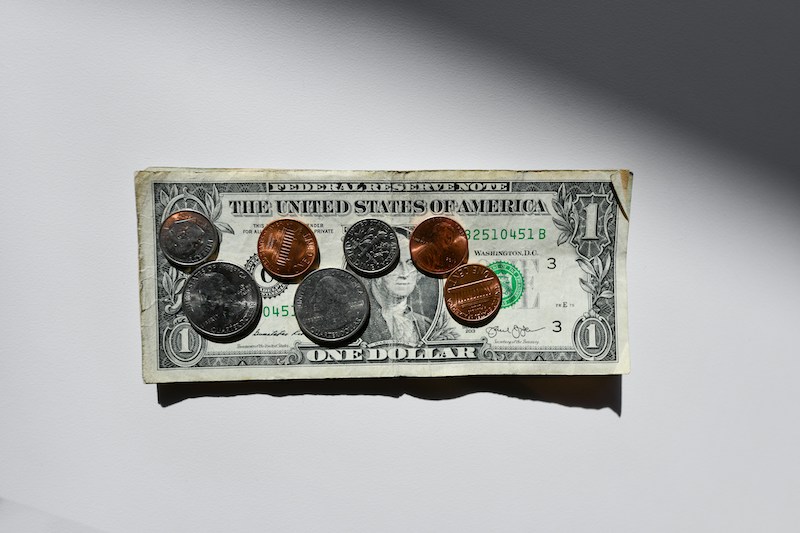
The Fiscal Times
Debt is an almost unavoidable part of life, and with high-interest rates and late fees, getting out of it can feel like an uphill battle.
To make it even harder, most credit cards charge transfer fees, even those with 0% balance transfer offers. The average transfer fee is about 3% of the amount transferred, which can add up quickly. Luckily, no balance-transfer fee credit cards can help you get out of debt. Though fairly rare, you can use these cards to move a balance from a credit card with a high-interest rate to one that temporarily charges no interest, providing you with a window of time to focus on getting out of the red.
(adsbygoogle = window.adsbygoogle || []).push({});
Remember, finding the right card for a balance transfer isn’t just about picking a $0 balance transfer fee credit card with the lowest APR. Usually, as fees go down, rates tend to go up, and vice versa. When picking a card, it’s important to consider these factors:
- Balance transfer fee
- Length of 0% intro APR
- Regular APR
- What you can pay each month
To help you decide, we compiled a list of the five best balance-transfer credit cards to help you get back in the black.
(adsbygoogle = window.adsbygoogle || []).push({});
The American Express EveryDay is a good choice for a card with a $0 balance transfer fee. If you can pay off your balance within the no-interest introductory period of 15 months, you only have to pay the cost of your balance. But, the variable APR after that introductory period is 14.74 to 25.74 percent, so we recommend this card for people with more minor debt. As for rewards, the card offers 2 points for every dollar spent on groceries up to $6,000.
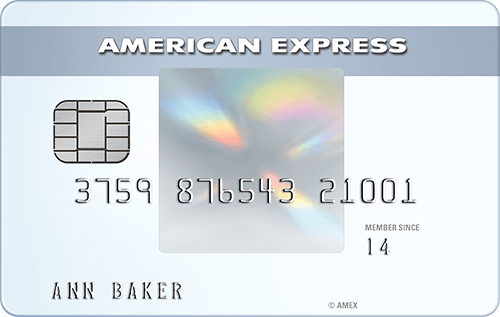
The American Express EveryDay is a good choice for a card with a $0 balance transfer fee. If you can pay off your balance within the no-interest introductory period of 15 months, you only have to pay the cost of your balance. But, the variable APR after that introductory period is 14.74 to 25.74 percent, so we recommend this card for people with more minor debt. As for rewards, the card offers 2 points for every dollar spent on groceries up to $6,000.
American Express
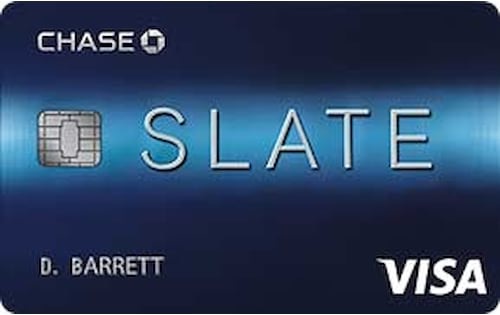
Chase Slate® is another good choice for people looking to quickly pay off minor debt. This card boasts a $0 balance transfer fee for 60 days, gives you 0% APR on purchases and balance transfers for 15 months, and doesn’t charge an annual fee. But, if you expect to be in debt after those 15 months, you might want to choose a card with a longer grace period.
[shortcode-1-In-Article-Banner-728×60]
WalletHub
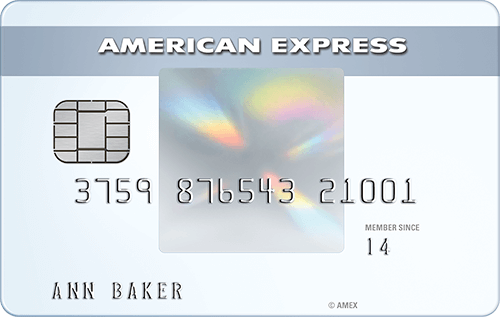
Another card worth looking into when considering how to pay off your debt is the Amex EveryDay® Credit Card from American Express. With this card, you get a $0 transfer fee for the first 60 days, 0% APR for the first 12 months, and a regular APR of 14.99% – 25.99%. But what makes this card a competitive choice is the exceptional rewards program it includes, 10,000 Membership Rewards points after you use your new Card to make $1,000 in purchases in your first 3 months, 2x points on groceries on up to $6,000 per year in purchases.
American Express
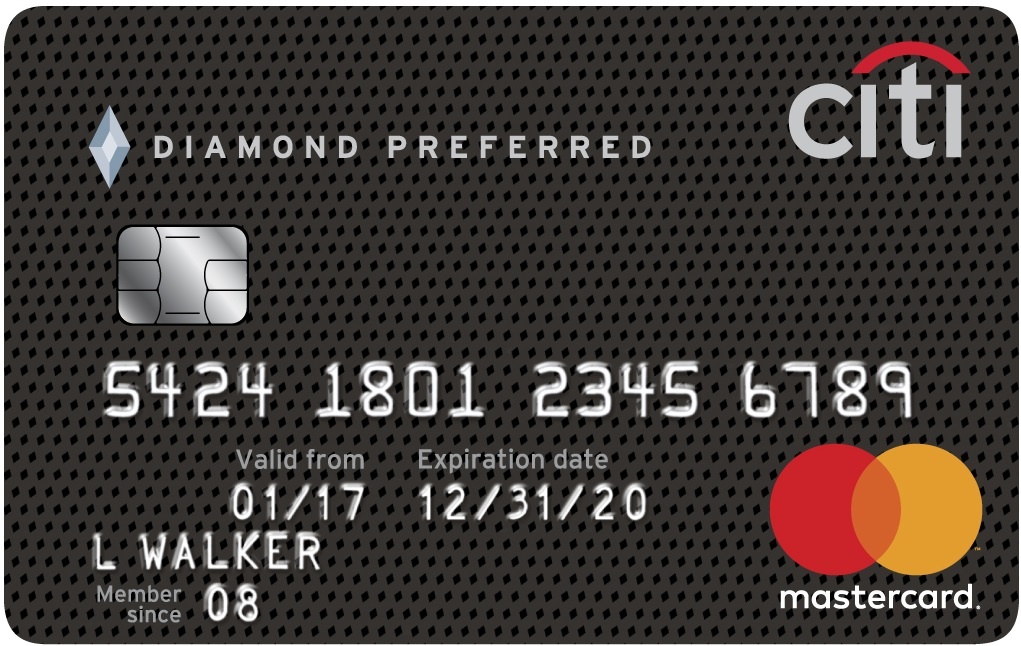
If you’re looking for a longer grace period, the Citi Diamond Preferred Card offers a 21 month no-interest introductory period on balance transfers. There’s a 0 percent APR on balance transfers during that period, as long as the transfers are completed within the first four months, and there’s no interest on purchases for a year. Unfortunately, the card doesn’t offer any rewards and requires a 5% balance transfer fee.
Credit Karma
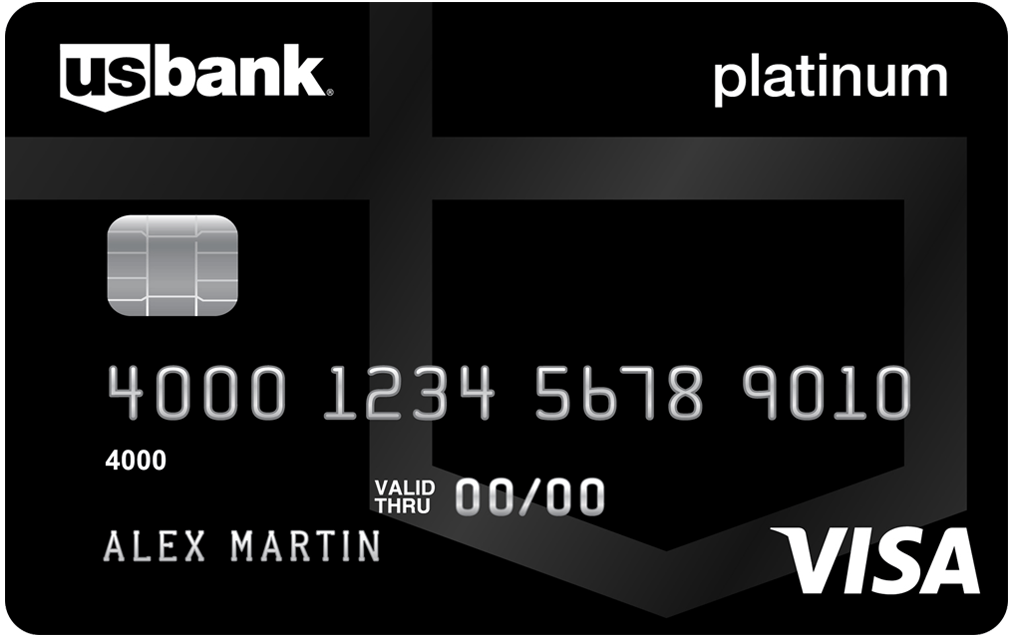
The U.S. Bank Visa Platinum has a 20-month introductory period, making it the longest introduction APR on both purchases and transfers of any card from a major issuer. While the Citi Diamond Preferred card offers a longer APR on transfers, the Platinum offers a lower variable APR range, 11.74 percent to 23.74 percent. Unfortunately, it requires a 3% balance transfer fee, but given the length of the introductory period, we think it’s worth the cost.
US Bank Credit Wellness
- Balance transfer fee
- Length of 0% intro APR
- Regular APR
- What you can pay each month
To help you decide, we compiled a list of the five best balance-transfer credit cards to help you get back in the black.
(adsbygoogle = window.adsbygoogle || []).push({});The American Express EveryDay is a good choice for a card with a $0 balance transfer fee. If you can pay off your balance within the no-interest introductory period of 15 months, you only have to pay the cost of your balance. But, the variable APR after that introductory period is 14.74 to 25.74 percent, so we recommend this card for people with more minor debt. As for rewards, the card offers 2 points for every dollar spent on groceries up to $6,000.
 The American Express EveryDay Card
The American Express EveryDay CardThe American Express EveryDay is a good choice for a card with a $0 balance transfer fee. If you can pay off your balance within the no-interest introductory period of 15 months, you only have to pay the cost of your balance. But, the variable APR after that introductory period is 14.74 to 25.74 percent, so we recommend this card for people with more minor debt. As for rewards, the card offers 2 points for every dollar spent on groceries up to $6,000.
[shortcode-02-03B3-in-article-responsive]
American Express
 Chase Slate
Chase SlateChase Slate® is another good choice for people looking to quickly pay off minor debt. This card boasts a $0 balance transfer fee for 60 days, gives you 0% APR on purchases and balance transfers for 15 months, and doesn't charge an annual fee. But, if you expect to be in debt after those 15 months, you might want to choose a card with a longer grace period.
[shortcode-1-In-Article-Banner-728x60]
WalletHub
 Amex EveryDay Credit Card from American Express
Amex EveryDay Credit Card from American ExpressAnother card worth looking into when considering how to pay off your debt is the Amex EveryDay® Credit Card from American Express. With this card, you get a $0 transfer fee for the first 60 days, 0% APR for the first 12 months, and a regular APR of 14.99% - 25.99%. But what makes this card a competitive choice is the exceptional rewards program it includes, 10,000 Membership Rewards points after you use your new Card to make $1,000 in purchases in your first 3 months, 2x points on groceries on up to $6,000 per year in purchases.
American Express
 Citi Diamond Preferred Card
Citi Diamond Preferred CardIf you're looking for a longer grace period, the Citi Diamond Preferred Card offers a 21 month no-interest introductory period on balance transfers. There's a 0 percent APR on balance transfers during that period, as long as the transfers are completed within the first four months, and there's no interest on purchases for a year. Unfortunately, the card doesn't offer any rewards and requires a 5% balance transfer fee.
[shortcode-111-Outbrain]
Credit Karma
 U.S. Bank Visa Platinum
U.S. Bank Visa Platinum[shortcode-1PDP-tiny-rectangle]
The U.S. Bank Visa Platinum has a 20-month introductory period, making it the longest introduction APR on both purchases and transfers of any card from a major issuer. While the Citi Diamond Preferred card offers a longer APR on transfers, the Platinum offers a lower variable APR range, 11.74 percent to 23.74 percent. Unfortunately, it requires a 3% balance transfer fee, but given the length of the introductory period, we think it's worth the cost.
US Bank Credit Wellness









